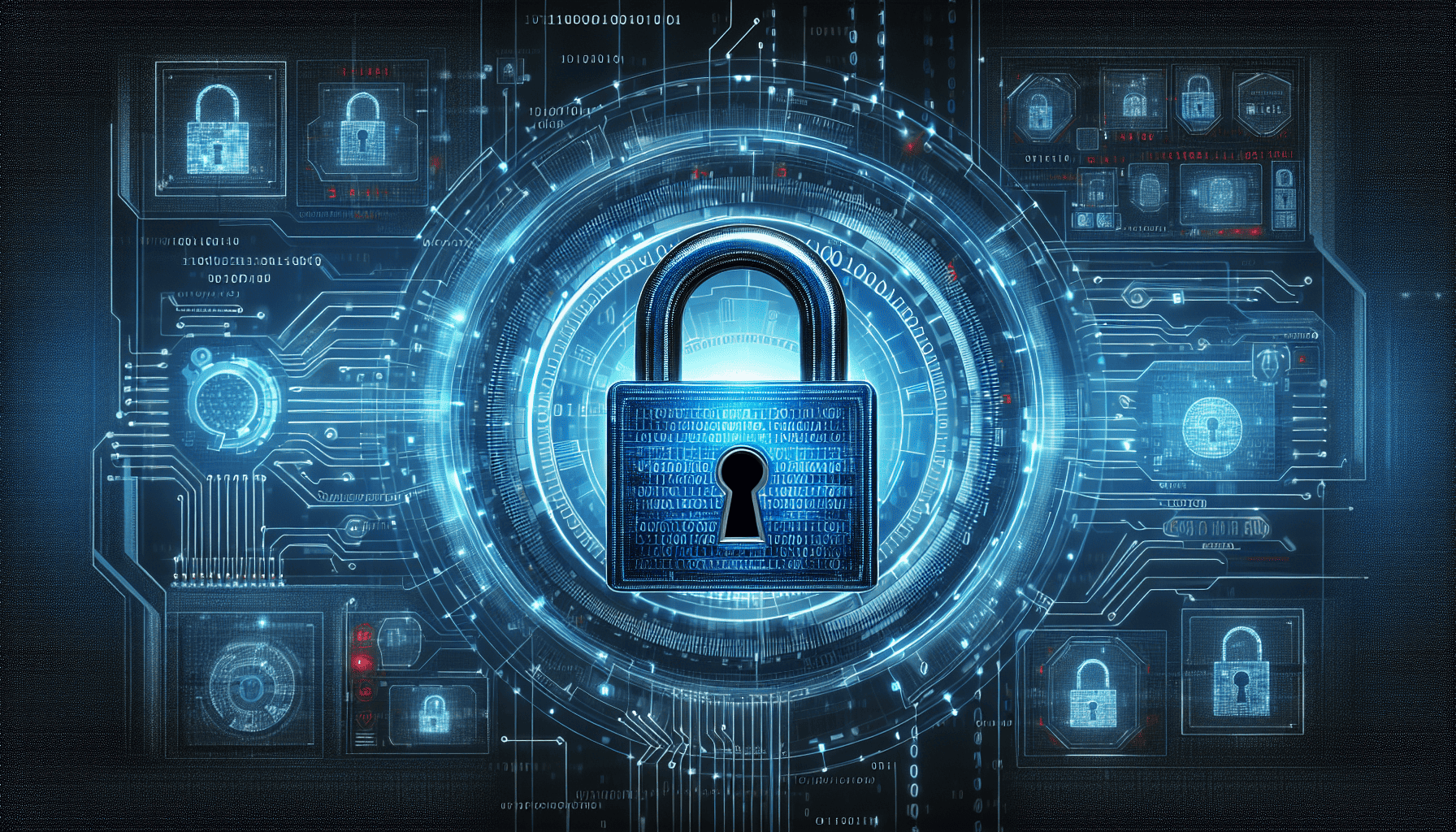In an increasingly digital world, safeguarding digital assets has never been more critical. As we immerse ourselves deeper into the digital age, the need for robust cybersecurity measures becomes paramount. A lapse in these measures can result in severe financial losses, reputational damage, and compromise of sensitive data. Hence, it is essential to understand and implement advanced cybersecurity strategies to protect these invaluable assets.
Foremost among cybersecurity measures is the adoption of a multi-layered security approach. By employing multiple layers of defense, organizations can ensure that if one measure fails, others are in place to provide additional protection. This may include a combination of firewalls, intrusion detection systems, antivirus software, and advanced encryption techniques. Each layer serves its purpose, from identifying and blocking potential threats to encrypting data to prevent unauthorized access.
Regular security audits and vulnerability assessments are also vital. These evaluations provide insights into potential areas of weakness within an organization’s infrastructure. By routinely scanning for vulnerabilities and testing the effectiveness of current security measures, organizations can proactively address any issues before they are exploited by cybercriminals.
Employee education plays a crucial role in maintaining cybersecurity. Many security breaches occur due to human error rather than technical failures. Therefore, training employees on recognizing phishing attempts, adopting robust password practices, and maintaining general digital hygiene is essential. Empowering employees with the knowledge to identify and react appropriately to potential threats can significantly reduce the risk of a successful cyberattack.
Additionally, the implementation of robust incident response plans is critical. Despite best efforts, breaches can and do occur. Having a well-structured response strategy can minimize damage and ensure a swift recovery. Incident response plans should outline clear steps for containing breaches, eradicating threats, and restoring systems to normalcy. They should also include communication strategies to inform stakeholders and authorities promptly.
Investing in the latest cybersecurity technology is equally important. With the rapid evolution of cyber threats, staying updated with the latest security solutions is crucial. This includes leveraging artificial intelligence and machine learning algorithms that can identify unusual patterns and predict potential vulnerabilities, offering a significant advantage in early threat detection.
Moreover, collaboration and information sharing within the cybersecurity community play a vital role in enhancing security measures. Organizations that participate in threat intelligence sharing can benefit from collective insights and experiences, improving their security posture and resilience against attacks.
In conclusion, the protection of digital assets requires a comprehensive cybersecurity approach that combines technology, process, and people. By integrating advanced measures such as multi-layered defenses, regular audits, employee training, and incident response plans, organizations can safeguard themselves effectively against the myriad of cyber threats present in today’s digital landscape. It is not merely a question of if an organization will face a cyber threat, but when, making preparedness and resilience the best strategies for safeguarding digital assets.
